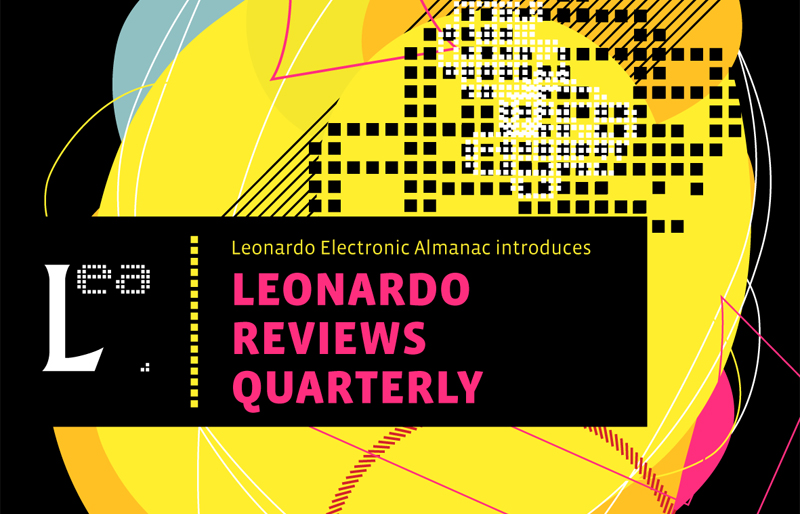
Svetlana About Svetlana
by Lana Parshina, Director
Icarus Films, Brooklyn, NY, 2008
DVD, 44 minutes, color
Sales, $375
Distributor’s website: Icarus Films
Reviewed by Michael R. (Mike) Mosher
Saginaw Valley State University
I was a kid when (then-) Svetlana Aliluyeva, daughter of Joseph Stalin, left the Soviet Union for political asylum in the West. It was a big story in Life Magazine, and after my parents explained its importance to me, I began drawing cartoons of the moustachioed former Communist Premier. A couple years later, with my parents at the world’s fair in Montréal, I was sure the smiling, middle-aged woman standing near us on the bus that took us into Expo 67 was the famous exile Svetlana.
Decades later, Lana (Svetlana) Parshina was deeply impressed by a childhood reading of Aliluyeva’s book Twenty Letters to a Friend. Though Russian, she didn’t realize at the time the historical significance the author’s father.
As a woman in her 20s, living and working (in film?) in New York City, she learned that Svetlana Aliluyeva, now Svetlana Peters, lived in Wisconsin. Parshina persistently sought an interview. At this point, we think we are about to watch a story spun from a frustrated hunt like Michael Moore’s “Roger and Me,” Moore’s pursuit of the CEO of General Motors in a time of downsizing and plant closures. That’s not the case. Parshina’s persistence bore fruit when Ms. Peters agreed to an interview. We are led into the old woman’s room, where she settles into a chair and reminisces.
Stalin’s daughter was raised by a nanny to whom she was much closer than to her parents. Her mother committed suicide and her father was, well, Stalin. Her half-brother Yakov was captured by the Germans during the war and died in a concentration camp after Stalin refused to trade him for a General. Another brother, Vasily, drank himself to death. Parshina cuts between the storyteller, her family photographs, and further fleshes out the personal history with archival imagery in photographs and newsreels.
The senior Svetlana had various husbands and homelands (Russia, India, England, the US). Her love life was sometimes frustrated by a strong willed father, one with the power to send suitors of whom he disapproved to Siberia and did exactly that. She’s quite happy discussing metaphysical philosophy and her distance from the Cold War struggles that attempted to use her.
If the viewer is left with any regret, it’s that Lana neglected to discuss Twenty Letters to a Friend—or whatever she found in it besides the historical moment—with the aged author. We are, however, given a satisfying encounter with one worldly twentieth-century woman recounting her long and interesting life, whose face, four decades later, further convinces me that we once, briefly, shared a Montreal bus.
Leonardo Reviews is a scholarly review service published since 1968 by Leonardo,The International Society for the Arts, Sciences, and Technology. Publishers and authors interested in having their print or electronic publications considered for review by the panel should contact Michael Punt, Editor-In-Chief, Leonardo Reviews.
